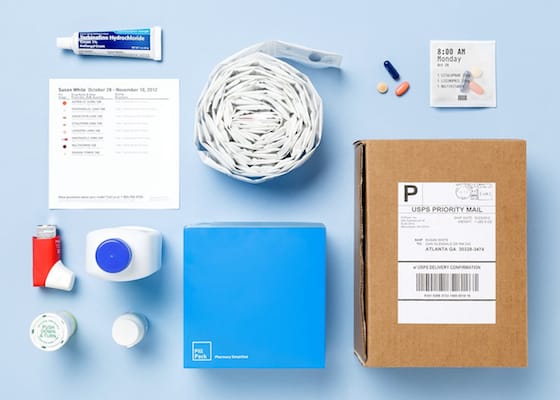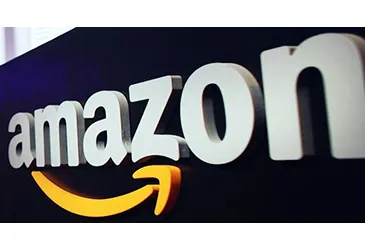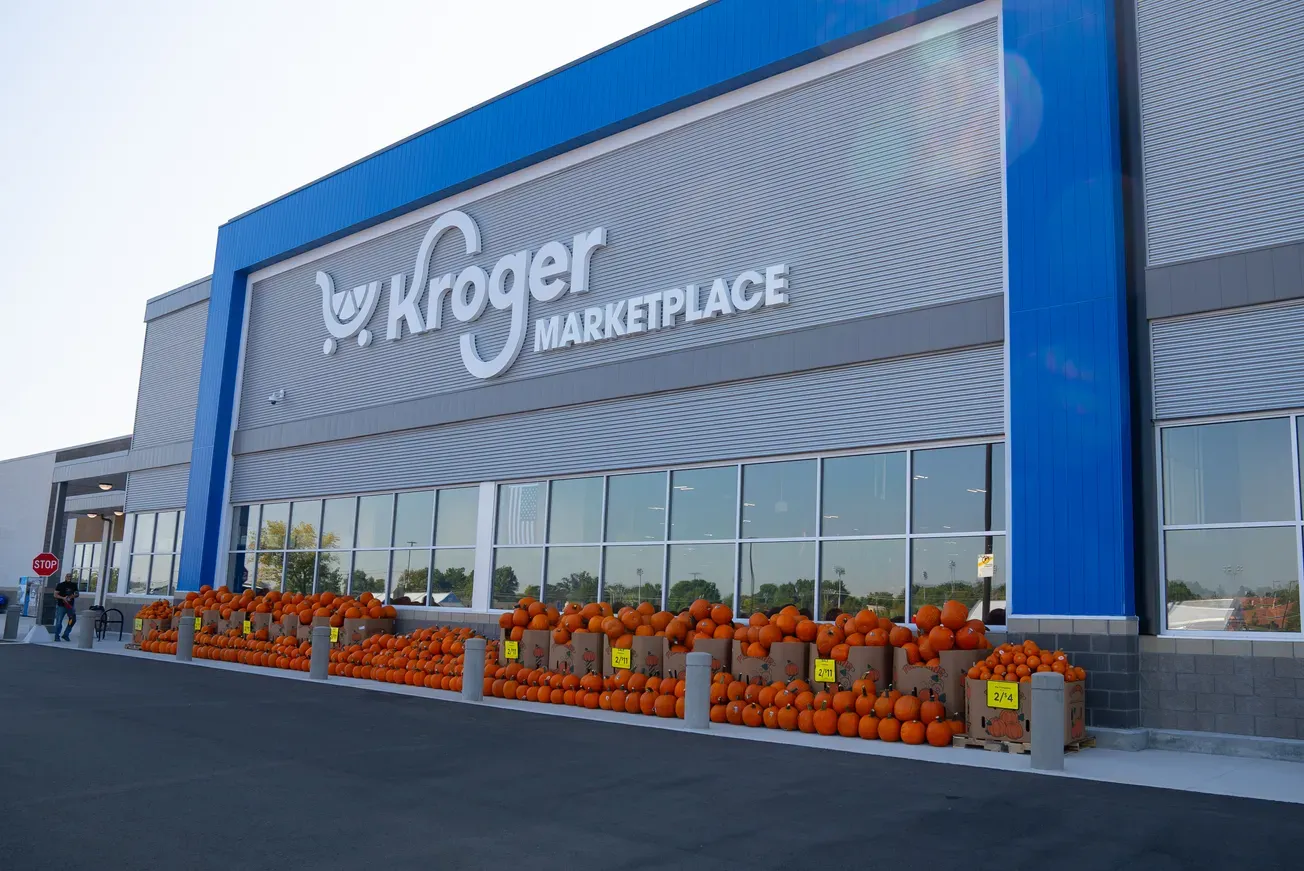
Amazon’s long anticipated, much ballyhooed entry into the retail pharmacy sector has finally taken place. The e-commerce powerhouse in late June agreed to pay a billion dollars to purchase PillPack, which packages prescription medications in presorted doses, along with over-the-counter health care products and nutritional supplements, and delivers them directly to patients’ homes. Cofounded in 2013 by pharmacist TJ Parker — who while growing up in Concord, N.H., got his first exposure to the profession at his father’s independent drug store — the company is on target to generate $100 million a year in sales this fiscal year.
The acquisition of PillPack instantly gives Amazon a solid platform on which to build its pharmacy business. In addition to the existing patient base, which Parker, who is chief executive officer of the pharmacy, says totals hundreds of thousands of individuals per month, Amazon immediately gains access to pharmacy licenses in every state; URAC and VIPPS accreditation; ongoing business relationships with most pharmacy benefits managers, including Medicare Part D plans; and proprietary technology called PharmacyOS, which by all accounts is very customer-centric.
“PillPack’s visionary team has a combination of deep pharmacy experience and a focus on technology,” says Jeff Wilke, chief executive officer of Amazon Worldwide Consumer. “PillPack is meaningfully improving its customers’ lives, and we want to help them continue making it easy for people to save time, simplify their lives and feel healthier. We’re excited to see what we can do together on behalf of customers over time.”
Amazon clearly intends to become a major player in the lucrative pharmacy sector. Although the company may find the path to a dominant position much more difficult to traverse than in other merchandise categories — beginning with books, where it transformed the marketplace — it will no doubt have considerable appeal, especially to people on maintenance medications who are also members of the Amazon Prime delivery program.
The question for established community pharmacy operators, many of which already possess mail-service and home delivery capabilities, is how to respond to the challenges — both real and perceived — created by Amazon’s arrival in the prescription drug business. The e-commerce company will, no doubt, be able to replicate and likely exceed the technological and logistics tools that are an integral part of pharmacy operations. Traditional pharmacies almost certainly can’t win that arms race.
The advantage that drug stores and other brick-and-mortar retailers do have — and the one that they need to leverage to the hilt — is the presence of pharmacists and their ability to interact face to face with patients. Consistently ranked among the most trusted professionals in public opinion polls, retail pharmacists are the most accessible health care providers, enabling them to develop a close, ongoing relationship with patients. Regular visits to the prescription counter (most patients come in at least once a month) give members of the profession an unparalleled opportunity to positively influence the behavior of patients in such crucial areas as medication adherence, diet and exercise.
In addition, pharmacists are well positioned to take on a much more extensive role in health care delivery. As the migration in recent years of flu shots and other immunizations from physicians’ offices to pharmacies has shown, many services can be provided safely, effectively and relatively inexpensively in a retail setting. Some states allow pharmacists to perform routine diagnostic tests, and Idaho has just implemented legislation enabling members of the profession to prescribe medications for such common conditions as cold sores, flu, strep throat and urinary tract infections. Pharmacists there can also identify and fill gaps in clinical care.
The profession has always involved much more than filling a script accurately, and the imperative to make quality health care easily available is pushing pharmacy toward new horizons. At the same time, countervailing concerns about rising health care costs encourage the view that prescription drugs are merely a commodity. Seen in that light, the battle shaping up between traditional pharmacy operators and Amazon appears to be nothing less than a fight over the future direction of the profession.









